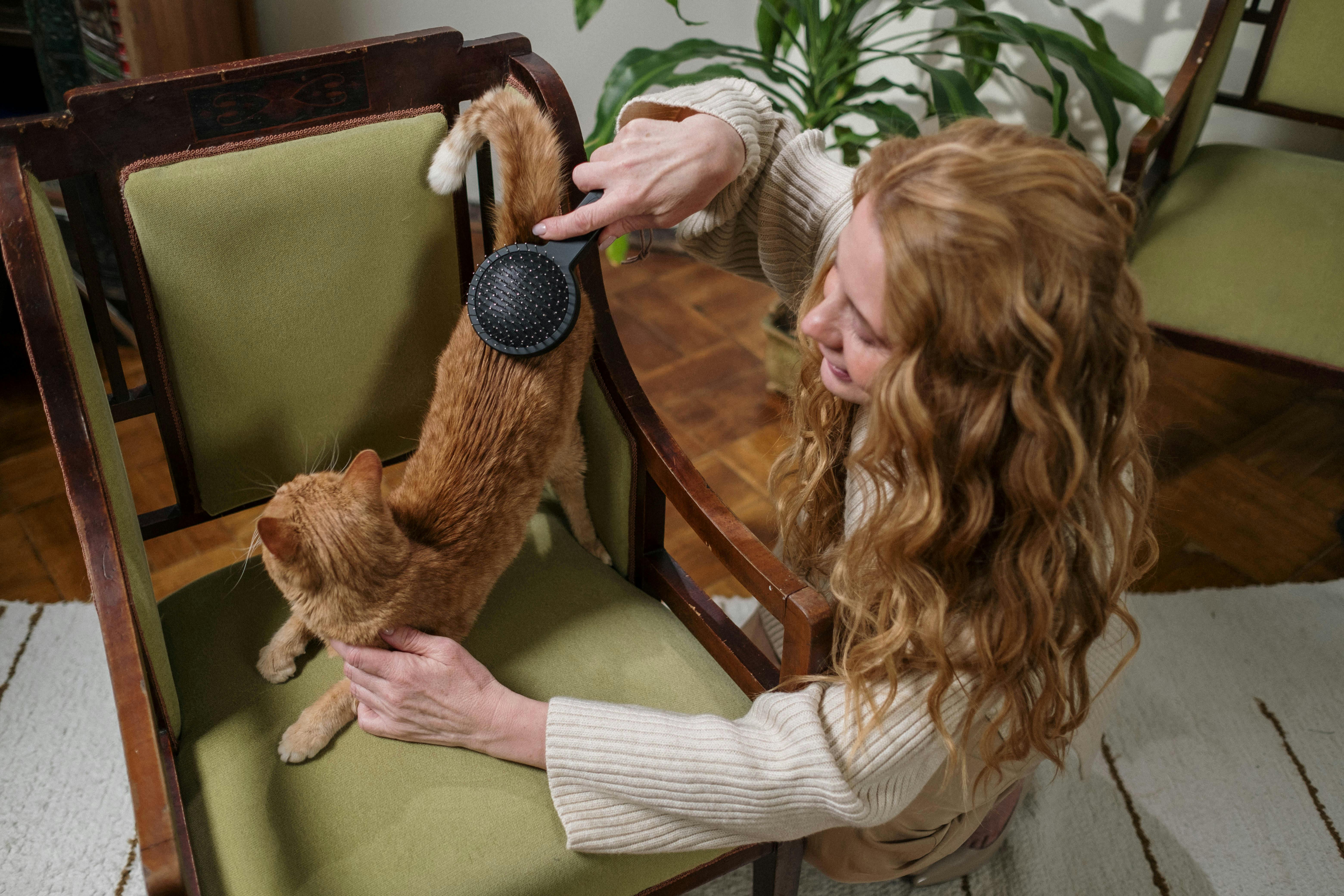Corgis are usually very social creatures and can become upset when left alone. The undesirable Corgi temperament that arises as a result of too much alone time is known as “separation anxiety.” This “separation anxiety” can manifest as prolonged barking or whining or become more destructive.
The Source of Corgi Separation Anxiety
Chances are, you and your Corgi have developed a strong bond. You enjoy spending time together, and she thrives on your love and attention. However, her Corgi should not become too dependent on you, therefore too agitated or upset when she is not around her. His absence should be accepted as part of your Corgi’s daily routine.
Unfortunately, the main cause of our dog’s separation anxiety is the result of our actions. Going out and coming home are times to avoid exuberant and excessive displays of affection. By giving your dog these levels of care, he’ll only miss them more when you’re gone. You should make your exits and entrances as unobtrusive as possible.
Reduce Corgi Separation Anxiety
Managing a sick Corgi temperament is quite simple. Here are some of the easier methods:
Change up your routine – Some dogs start to get anxious as soon as the alarm clock goes off. They have correlated this sound with your leaving. In the same way that Pavlov conditioned his dog to salivate at the sound of a bell. If this is the case, you may need to modify your morning routine. For example, you could eat breakfast and then shower, or wake up at different times throughout the week. Any minor variation in your schedule will help reduce pre-departure anxiety.
Don’t reward him: When you display strong emotions when going out or coming home, you are reinforcing your Corgi’s separation anxiety. To reduce this anxiety you need to unlink your comings and goings from your displays of affection. Wait 10-15 minutes before greeting your dog when you return home. When you leave, a simple pat on the head or a kiss will suffice. If they complain, don’t give in to their pleas.
Trial runs – If your dog becomes anxious as soon as you leave, you can practice going out for shorter periods of time. Make sure your dog is confined to his crate or individual room first, then go outside for a few seconds and then come back. Then, get out of sight but within earshot. As soon as they whine or bark, you must firmly command “No!” Then gradually increase the amount of time you’re out of sight. Eventually, your dog will begin to view his absences as part of her daily routine.
It’s harder for you than it is for them.
During this adjustment period, many dog owners feel that they are being cruel in helping their dog cope with their anxiety. While it may seem like the solutions are bringing more distress to your dog, they are actually helping him relax and realize that he doesn’t have to be with him 24 hours a day. This also helps to enforce the ordering of the package and its alpha status. When your dog has reduced anxiety, it’s better for his overall health and well-being.
If you discover that your dog has severe anxiety issues, be sure to address the issue immediately. It will probably take longer to resolve the behavior, but persistence is key. Giving your dog a treat when you leave can help keep him busy and associate your departure with a pleasant experience.
